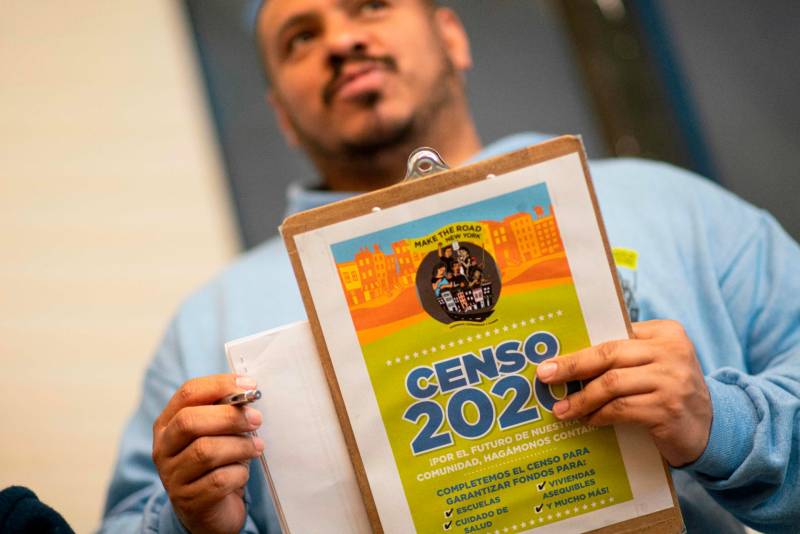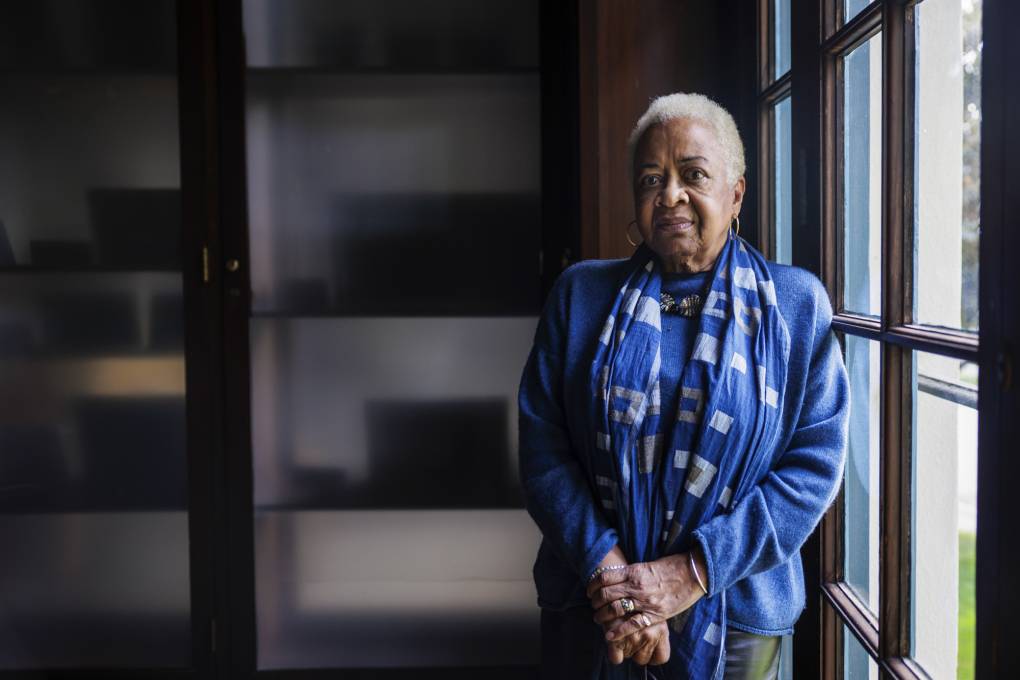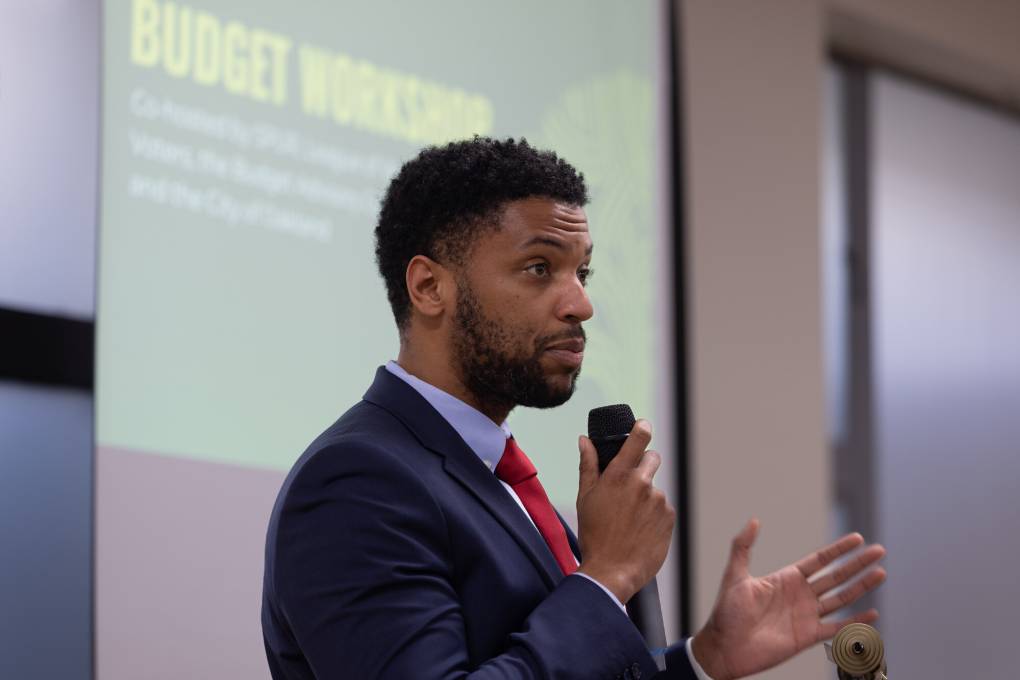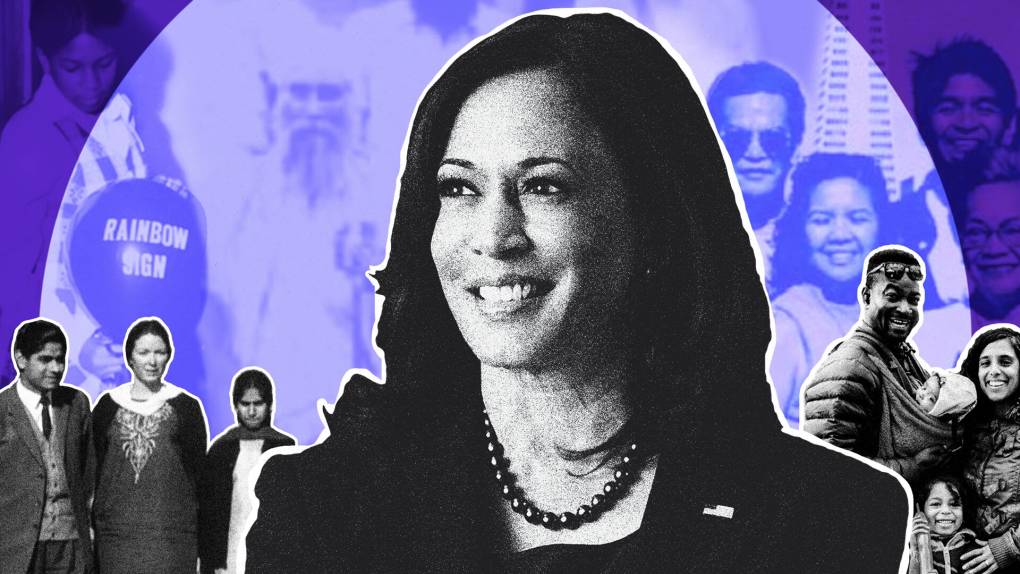The 'Some other race' group was not supposed to be this big
When the Census Bureau first used an "Other" race option in 1910 for the national tally, it wasn't meant to generate large numbers.
Census workers — who used to assign people their race by observation — were instructed to note those who didn't fall within the provided categories with a shorthand "Ot" on forms and spell out their race. According to one of the bureau's 1910 census reports, that ultimately produced a count of "5,012 Koreans, 3,249 Filipinos, 2,545 Hindus, and a scattering representation of other races."
When the bureau started allowing all U.S. residents to self-report their racial identities in 1960, the forms that households used asked people to write in their answers and suggested a list of groups that ended with "(etc.)"
By 2000, a checkbox for "Some other race" made its first appearance, and it was almost its last. The bureau had proposed to remove it from the 2010 census form because it had become "a source of noncomparability" between census information and survey data from other government agencies that don't use a "Some other race" category. Getting rid of it, bureau officials had hoped, could help more Latinx people answer the census race question.
Says Clara Rodriguez, a sociologist at Fordham University and author of "Changing Race: Latinos, the Census, and the History of Ethnicity in the United States": "For a long time, there was the sense that there wasn't anything wrong with the question, but rather that Hispanics didn't understand the question. And I remember thinking, 'Wow.' 'Some other race' was something to be taken seriously, not to be dismissed as a misunderstanding on the part of the Hispanic population."
In 2004, a congressional mandate requiring the census to include a "Some other race" category was introduced by then-Rep. José Serrano of New York, who was the top Democrat on the House appropriations subcommittee that funds the bureau. The move was championed by Latinx civil rights groups concerned that removing the option would lead to inaccurate counts of other racial categories that are used to redraw voting districts and enforce antidiscrimination laws.
"This will ensure that Americans are not forced to racially self-identify in a way they are uncomfortable with," Serrano said in a press release that noted support from the Mexican American Legal Defense and Education Fund, "and will produce census results that better reflect the realities of race in America today."
A growing 'Some other race' group obscures the identities of many Latinos
Part of that reality, however, is that a growing "Some other race" population remains a "huge data problem," says G. Cristina Mora, a sociologist at the University of California, Berkeley who studies how race and ethnicity are categorized and is concerned about how that category obscures the racial identities of many Latinx people.
"This is a red flag. It's been a red flag that's been around for a very long time," adds Mora, the author of "Making Hispanics: How Activists, Bureaucrats, and Media Constructed a New American." "If we're not represented in the data, we're never going to have a true sense of racial justice."
And the implications touch almost every aspect of people's lives, including their health, explains Luisa Borrell, a professor of epidemiology and biostatistics at the City University of New York's Graduate School of Public Health and Health Policy.
"We cannot really identify who those people are," Borrell says of the "Some other race" population. "That's going to be a group that is going to be left out when it comes to tabulations for mortality, for any health outcome."
The Trump administration stalled on approving a solution
The Census Bureau had come up with a solution for the 2020 count.






